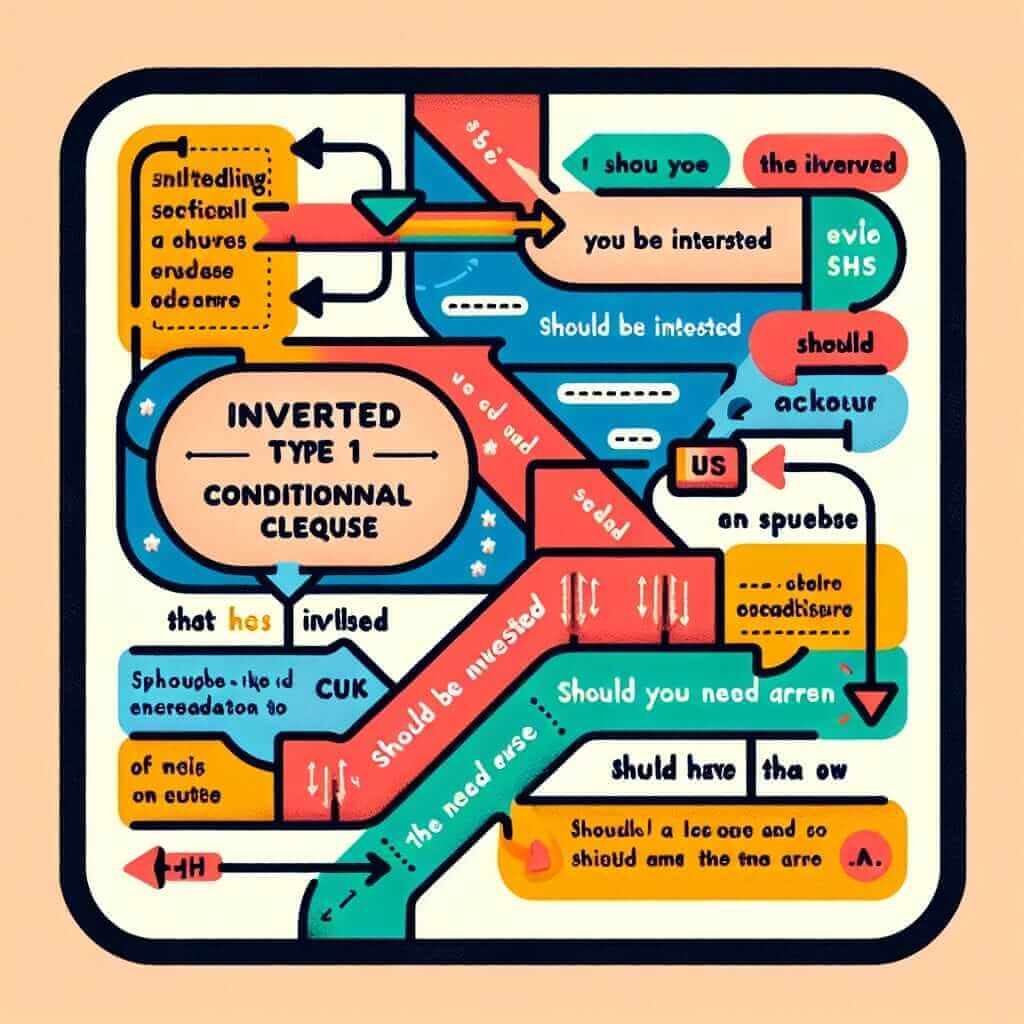“Should you be interested, apply here.” This phrase, often found at the end of job advertisements or formal invitations, exemplifies a sophisticated use of English grammar that can significantly enhance your IELTS writing score. While seemingly simple, it reflects a masterful command of conditional clauses and formal tone. Let’s delve into the intricacies of this construction and explore how it can be your secret weapon to achieving a band 7 or higher.
Understanding the Nuances of “Should You Be Interested”
This phrase is an example of an inverted conditional clause, specifically a type 1 conditional clause, expressing a possible and realistic situation in the present or future. The inversion of the subject and auxiliary verb (“should you be” instead of “if you should be”) adds a degree of formality and politeness.
Here are some examples of how this construction can be used:
- Job advertisement: “The position requires excellent communication skills. Should you be interested, apply here with a resume and cover letter.”
- Formal invitation: “We are hosting a gala dinner to celebrate our company’s anniversary. Should you be interested in attending, please RSVP by the end of the week.”
- Business proposal: “Our team can customize a solution to fit your specific needs. Should you be interested in learning more, please don’t hesitate to contact us.”
In each of these examples, the phrase “should you be interested” introduces a polite and indirect way of suggesting an action to the reader. It avoids being overly direct or assuming the reader’s interest.
Mastering the Inverted Conditional Type 1 for IELTS
Structure and Form
The structure of the inverted conditional clause type 1 is as follows:
Should + Subject + Verb (base form) + …, Subject + would/could/might + Verb (base form).
For example:
- Should you require any further information, please do not hesitate to contact us.
- Should the weather permit, we will hold the event outdoors.

Application in IELTS Writing
This structure is particularly useful in IELTS Writing Task 1 (describing graphs, charts, or diagrams) and Task 2 (essay writing).
Task 1: You can use this structure to highlight a significant trend or to offer a possible explanation for the data.
- “Should this trend continue, the number of students enrolling in online courses is likely to surpass traditional classroom enrollment by 2030.”
Task 2: Employ this construction to present arguments in a balanced and nuanced manner, showing consideration for different viewpoints.
- “Some argue that social media has a detrimental effect on our mental health. Should this be the case, it is essential for individuals to use these platforms responsibly and to prioritize face-to-face interactions.”
Elevating Your Writing with Similar Structures
While “should you be interested” is a powerful phrase, other constructions can achieve a similar effect of polite formality:
- Should you wish to… (e.g., “Should you wish to discuss this further, I am available to meet at your earliest convenience.”)
- Should the need arise… (e.g., “Should the need arise for additional resources, we are prepared to allocate them accordingly.”)
- In the event that… (e.g., “In the event that you encounter any difficulties, please do not hesitate to contact our technical support team.”)
These variations provide you with options to diversify your language and demonstrate your mastery of sophisticated grammatical structures, ultimately contributing to a higher band score.
Common Pitfalls to Avoid
While this structure can be a valuable tool, incorrect usage can lower your score. Avoid these common mistakes:
- Incorrect word order: Do not revert to the standard conditional clause word order (“If you should be interested…” is grammatically correct but less formal).
- Comma misuse: Ensure you use a comma after the conditional clause when it precedes the main clause.
- Informal language: Remember that this structure is inherently formal and should be used in contexts where such a tone is appropriate.
Conclusion
Mastering the nuances of inverted conditional clauses, such as “should you be interested,” is crucial for achieving a high band score in the IELTS writing test. By incorporating this structure and its variations into your writing, you demonstrate a strong command of grammar, a sophisticated vocabulary, and an ability to write in a formal and polite style. Remember to practice using this structure in various contexts to solidify your understanding and enhance your writing fluency.